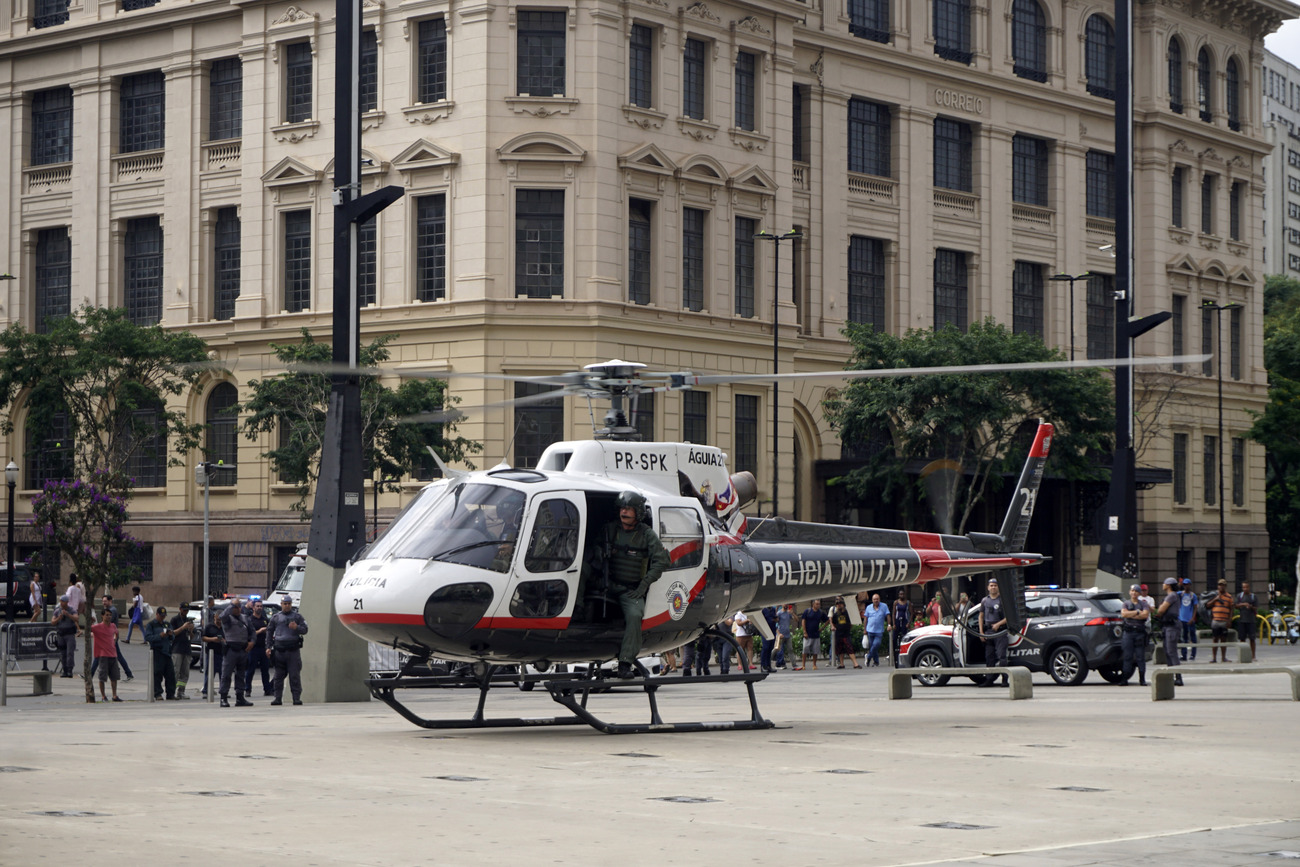Mexico Confronts Violence
Mexico Confronts Violence
The Mexican government signed a series of laws to combat the rise in kidnappings while civic groups hold for a national march to protest violence. But in the face of widespread insecurity, concerns remain about how to control crime sparked by an escalating drug war.
Earlier this month, the rotting body of kidnapped teenager Fernando Martí was found in the trunk of a car in Mexico City despite the fact that his father, a co-owner of a sports store chain, reportedly paid a ransom. While the grisly crime drew widespread condemnation, arrests of several police officers in connection with the kidnapping sparked further outrage. On August 30, thousands of demonstrators will march in Mexico’s capital and other cities to protest the rise in violent kidnappings, crime, and corruption. As the public outcry grows, so do the number of deaths stemming from a battle with the country’s powerful drug cartels.
In recent weeks, the administration of President Felipe Calderón introduced measures to target kidnappings. First came the creation of a federal anti-kidnapping unit. Then, on August 21, the three branches of government, governors from all 32 states, mayors, and other officials signed the National Security, Justice, and Legality Agreement at a security summit. The 74-point plan mandates a life sentence for abductions involving minors or torture, and for police officers implicated in kidnappings. The initiative not only creates a monitoring program encouraging citizens to report crime, but also requires subsequent government meetings to evaluate whether security goals have been met. The importance of the security summit brought together politically at-odds Calderón and Mexico City Mayor Marcelo Ebrard for the first time, reports IPS.
But even as the new initiative signifies officials’ willingness to come together to combat crime, some experts wonder how long it will take to see positive results. While the country’s kidnapping rate remains lower than in the mid-1990s, it was 35 percent higher in 2007 than in 2006. The rise affects children in particular; while 15 youths were kidnapped in Mexico City in 2007, the number has already reached 22 this year.
Meanwhile, Calderón’s deployment of tens of thousands of troops in border areas has failed to staunch cartel-related killings, generating debate about the drug war’s success. More than 2,700 people have died in drug-related violence so far this year. The depth of the problem was recently demonstrated when a police chief in the northern town of Villa Ahumada was assassinated within 24 hours of taking his job, replacing another chief whose murder provoked the resignation of the town’s police force. Escalating violence prompted the intelligence analyst organization Stratfor to question whether the country is on the road to becoming a failed state. An interactive map produced by El Universal explores the struggle between rival drug cartels as well as with police forces.
The possibility that Mexican cartel leaders may give permission for attacks within the United States raises concerns about Mexico’s drug war spilling across the border. Yet, as Wall Street Journal’s Mary Anastasia O’Grady points out, U.S. drug consumption serves as a major factor in the Mexican violent crime. The flow of U.S. guns into Mexico serves as another. Portfolio takes a look at gun smuggling—to the tune of 2,000 weapons a day—into Mexico.
Earlier this summer, Washington approved $465 million in assistance for the Merida Initiative. The pact between the United States, Mexico, and Central America involves security assistance for Mexican law enforcement as well as means to target money laundering, arms smuggling, and drug trafficking. As a Houston Chronicle editorial comments, “Organized crime needs organized resistance.” Recently, Miami Herald columnist Andres Oppenheimer warned that improving security in Mexico requires higher salaries for federal police agents and the professionalization of Mexican police forces. “The key to solving Mexico's wave of kidnappings will not be whether the August 30 march is the biggest ever,” writes Oppenheimer, “but what happens the day after.”








